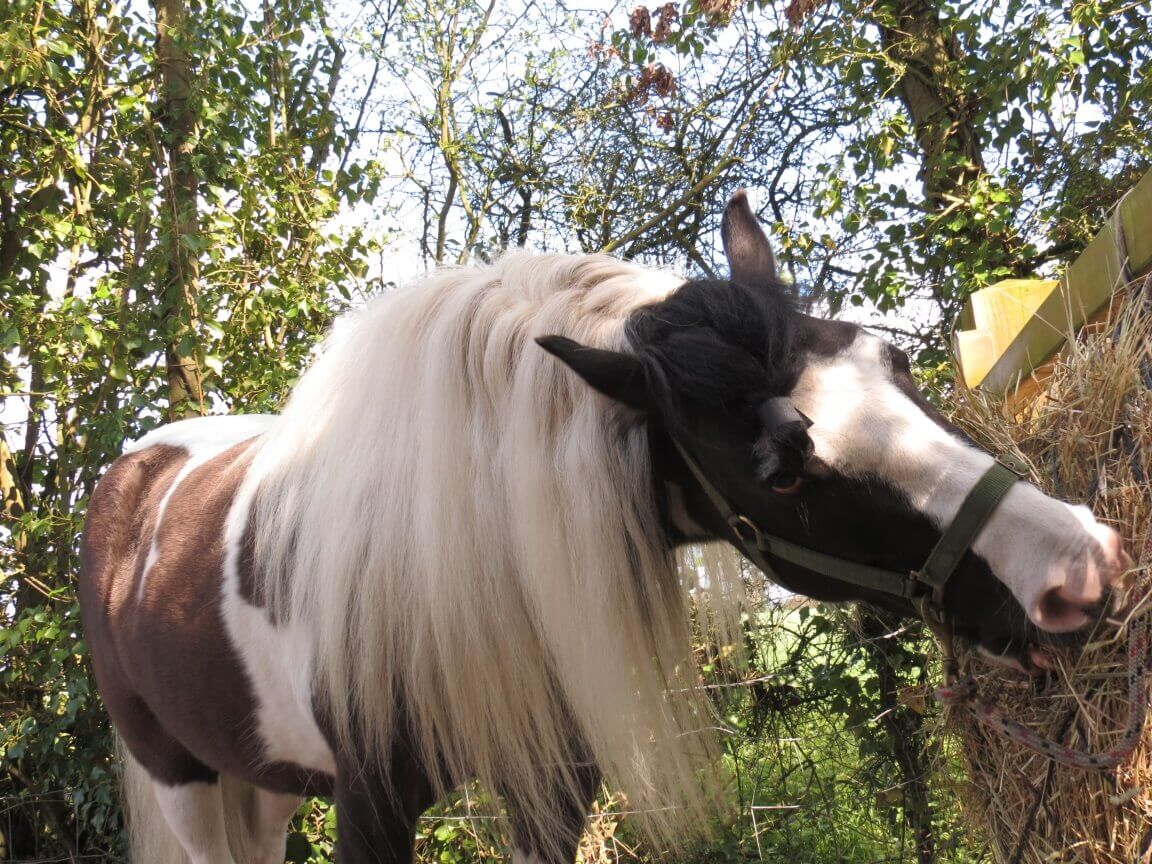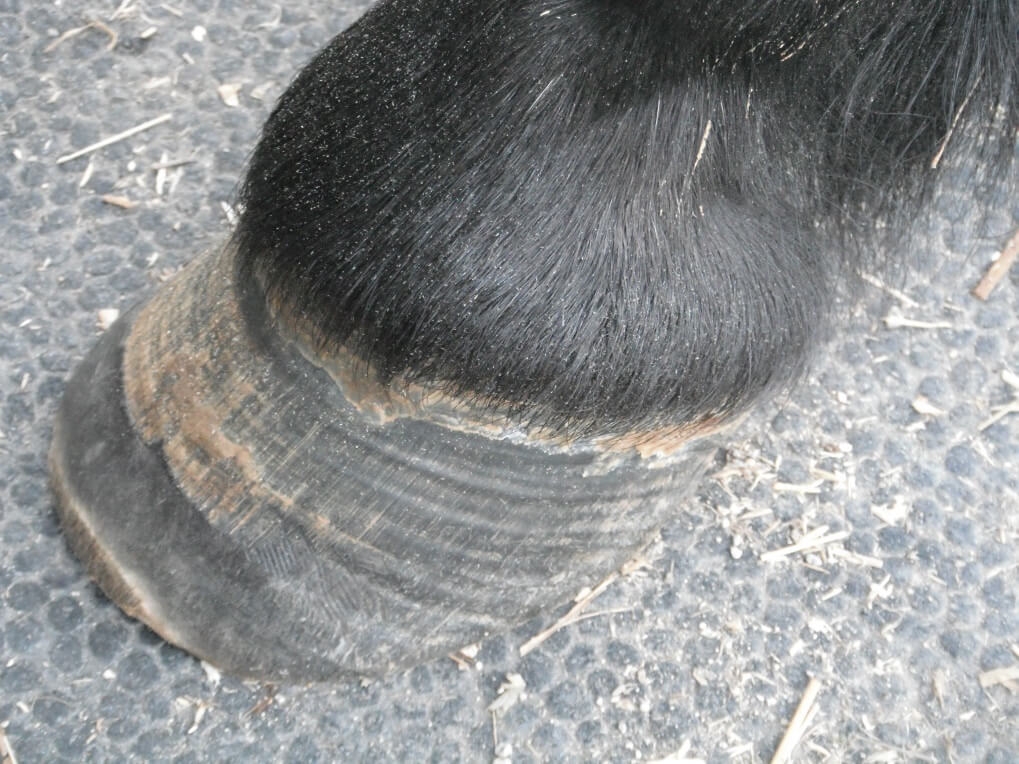You are here: Home Case Studies
Changing to Feetfirst Hay – a change for the better
Dear Hilary
Just to let you know that the ponies are fully recovered and we would very much like to purchase another load of hay please!
I should have let you know sooner but life has been rather too hectic…. the ponies significantly improved within a few days and were almost completely recovered within a fortnight of being on the new hay.
After 3 or 4 weeks they were full of beans, completely comfortable and keen to go walking! I have never seen Roo look so energetic and enthusiastic in the 18mths we have had him.
Tinker (the Shetland cross) is also totally comfortable again though his digestion is clearly not quite right still, though better than it was.
We are very pleased 🙂
I have about a week's worth of hay left. When might you be able to deliver again please?
Kind regards
SO
Managing weight and preventing laminitis
In summer 2013, I was concerned that my riding pony was at risk of developing laminitis. I consulted my vet who gave him the all clear. I then started feeding a small amount of a leading brand of bagged high fibre forage designed for laminitics because I was concerned that he was not getting sufficient minerals. I was devastated when he promptly developed mild laminitis. I put him on restricted grazing supplemented by meadow hay. Although he soon became sound, I struggled to control his weight which would fluctuate for no apparent reason and he was always hungry. I was getting really stressed because I felt I was doing everything I could but he still would gain weight.
This year I was determined not to have a repeat of these problems. I set up four mini paddocks and graze them in rotation. I also feed him feetfirst™hay to stop him getting hungry and miserable. He gets about 6 kg per day which is roughly 2% of his body weight. I am so pleased with the results because he is happy, has lost weight and his weight has been stable. He is working really well and enjoys his hay. I'm happier too because I've found a really simple management system that works for us.'
Alison and Jori
Jori enjoying his first taste of feetfirst™hay :

Coping with Cushings
'My Cleveland Bay mare has been barefoot for several years and her feet have always been very sensitive to changes in the grass and season. She was diagnosed with Cushings last year and is prescribed Prascend by my vet. She was much happier once her condition was stabilised but can still get easily stressed and does not cope well with being hungry. This makes controlling her weight very challenging, especially as she is a good doer and I have a very demanding job and cannot ride her every day.
I recently started feeding her feetfirst™hay and she is much more settled now. She really likes it and will actively choose it in preference to our meadow hay. It seems to take her longer to eat than the meadow hay, so it lasts longer meaning she doesn't get stressed because she's run out of hay too quickly. I feed it dry if I do not have time to soak it and has not given any problems. This makes my life much easier, which is great.'
Dave and Orbit
The pony with chronic laminitis
'We made our first commercial crop of feetfirst™hay in 2013. Since he started on it, Cyril, my Welsh Section A has improved beyond all recognition. His feet have improved and over the last 10 months, the laminitis damaged hoof capsules have almost grown out. For the first time in several years, he is growing a solid hoof capsule'.
Hilary Snow (producer of feetfirst™hay)
Cyril showing 10 months healthy hoof growth and ready for his regular farrier visit:
